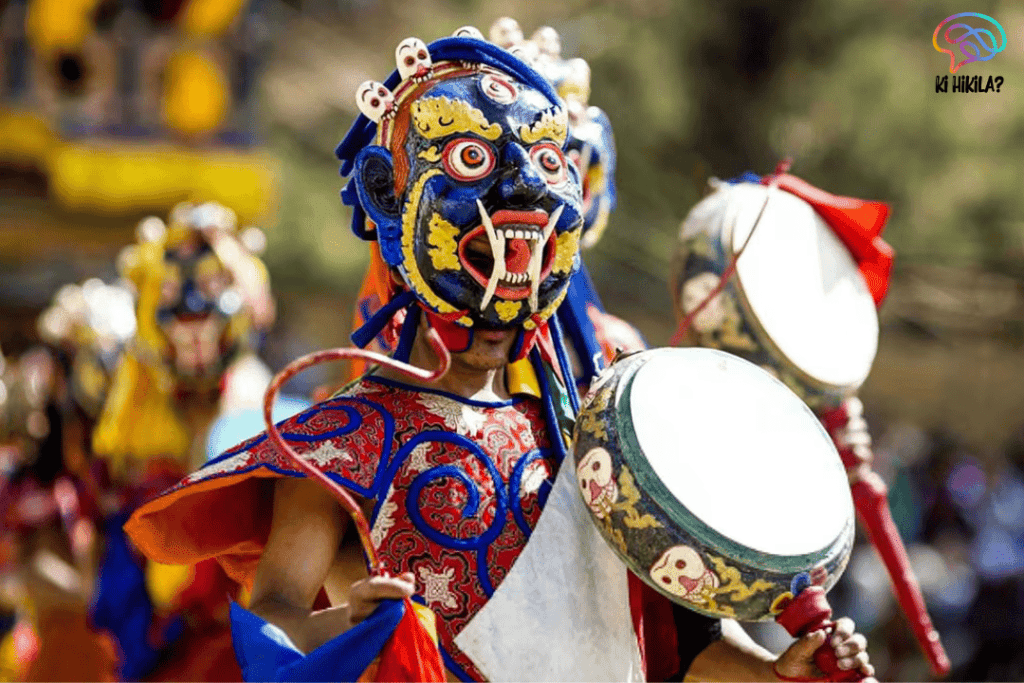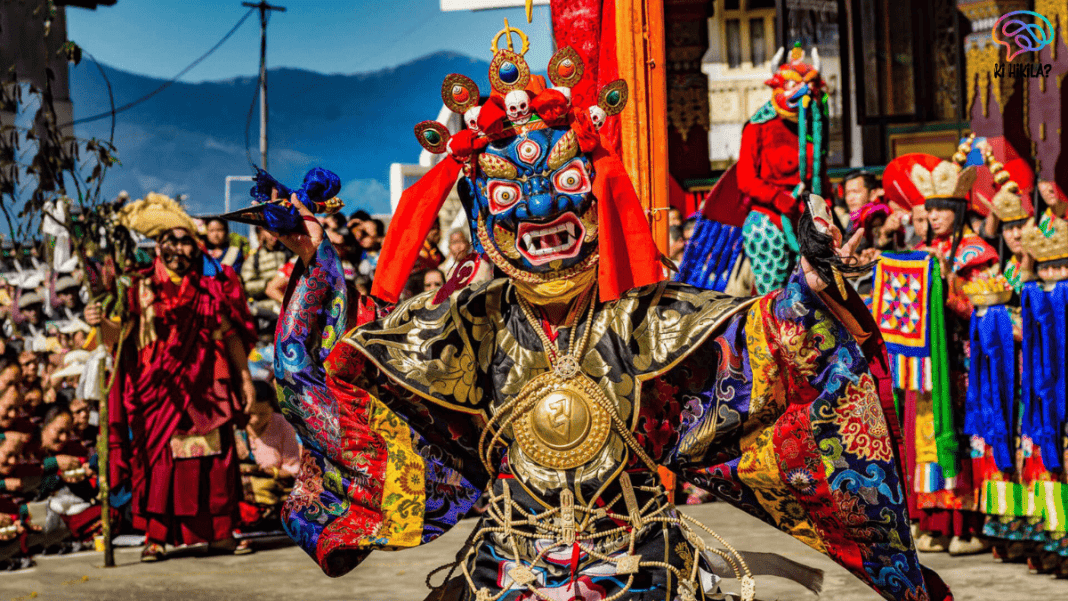Tendong Lho Rum Faat is one of the most significant festivals of the Lepcha community in Sikkim, symbolising their deep connection with nature, mythology, and cultural identity. Recently, Sikkim celebrated this traditional event with great enthusiasm, with Chief Minister Prem Singh Tamang attending the state-level programme at Manan Kendra, Gangtok. The festival is not only a religious occasion but also a reminder of the Lepcha people’s ancient bond with the environment and their gratitude to the forces of nature that sustained their survival.
Mythological Background
The origins of Tendong Lho Rum Faat are rooted in Lepcha mythology. According to their oral traditions, an ancient flood once threatened to wipe out their ancestors. During this catastrophe, Tendong Hill miraculously rose above the waters and provided safe refuge to the survivors. This sacred hill, believed to have volcanic origins, is also linked to the destruction of river sources such as the Teesta and Rangeet, which contributed to the deluge.
The Lepchas interpret the emergence of Tendong Hill as an act of divine intervention. The hill is said to have risen from the horns of a deity, symbolising protection and guidance. For the Lepcha people, this event demonstrates their community’s resilience and their enduring spiritual relationship with the natural world.
Significance of Tendong Hill

The word “Tendong Lho Rum Faat” translates to “the hill of the raised horn” in the Lepcha language. Tendong Hill is regarded as a guardian spirit and a symbol of survival. The Lepcha tribe considers it sacred, and each year, they gather near or on the hill to pay homage to their god, Idburum, and to honour the landform that saved their ancestors from destruction.
Beyond religious significance, the festival reinforces the Lepchas’ cultural identity. It acts as a living reminder of their origin stories, their respect for the environment, and their unity as an indigenous community in Sikkim.
Rituals and Celebrations
The celebrations of Tendong Lho Rum Faat are deeply symbolic and colourful. Lepcha families construct miniature models of Tendong Hill outside their homes, typically using nine stones to represent the hill’s sacred form. These models serve as household shrines for prayers and offerings.
The festival is marked by traditional dances and mask performances, through which the Lepcha people narrate stories of their ancestors and deities. Cultural programmes are also organised, featuring songs, dances, and exhibitions of Lepcha art and crafts.
At the state-level celebrations, performances highlight Lepcha folk traditions and their connection with nature. For the community, it is not only a religious festival but also a joyous occasion of cultural pride and social togetherness.
Community and Environmental Message
A unique aspect of Tendong Lho Rum Faat is its emphasis on environmental awareness. The festival embodies the Lepchas’ gratitude toward nature and their understanding of its role in human survival. This year, Chief Minister Prem Singh Tamang urged citizens to respect nature and protect Sikkim’s fragile ecology, reminding everyone that environmental conservation is central to sustainable living.
Through its rituals and stories, the festival conveys a message that resonates even today: nature must be treated with reverence, for it sustains life and shields humanity during times of crisis.
Geographical and Cultural Context
Tendong Hill, located in South Sikkim, is the epicentre of this festival. However, the celebrations extend to different parts of the state where the Lepcha population resides. The event attracts participation not only from the Lepcha community but also from cultural organisations, local residents, and government officials.
This gathering of diverse groups underlines the broader cultural importance of Tendong Lho Rum Faat. It is not just a festival for the Lepchas but also a platform for showcasing the heritage of one of Sikkim’s oldest indigenous communities. It contributes to preserving traditional practices while engaging new generations in cultural learning.
Cultural Preservation and Future Relevance
As Sikkim modernises, festivals like Tendong Lho Rum Faat play a crucial role in preserving indigenous traditions. They keep alive the stories, rituals, and values that define the Lepcha identity. Moreover, the environmental message embedded in the festival aligns perfectly with today’s global challenges, such as climate change and ecological imbalance.

By integrating cultural pride with ecological awareness, the festival remains relevant not only for the Lepcha community but also for all who seek harmony between human civilisation and nature. Government participation and institutional recognition further strengthen its place in Sikkim’s cultural calendar, ensuring that the spirit of Tendong Hill continues to inspire generations.
Conclusion
Tendong Lho Rum Faat is more than a festival—it is a living tradition that bridges mythology, culture, and environmental stewardship. For the Lepcha tribe, it is a sacred reminder of their survival during a great flood and their divine protection through Tendong Hill. For Sikkim and beyond, it is a festival that teaches respect for nature, celebrates indigenous heritage, and strengthens community unity. As the festival continues to be celebrated with devotion and cultural pride, it underscores the Lepchas’ timeless wisdom: to honour the natural world is to safeguard humanity’s future.



